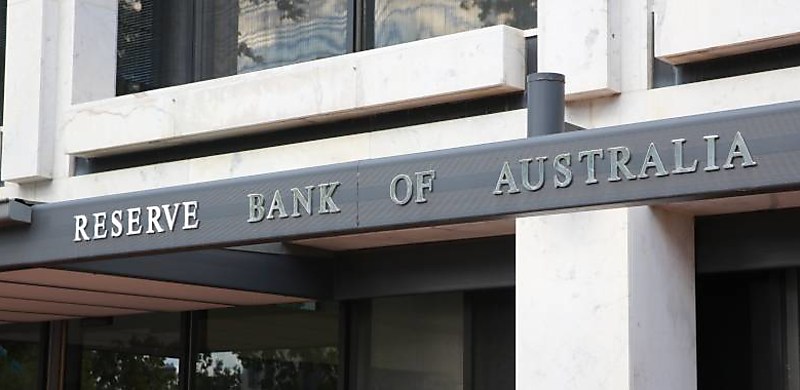
For the second time in 2023, the Reserve Bank has moved to lift the official cash rate.
The Reserve Bank of Australia (RBA) has made its tenth consecutive cash rate hike, raising the official cash rate by 25 basis points (bps) to 3.60 per cent from 3.35 per cent.
The decision to raise the cash rate does not come as a surprise after the major banks predicted a 25 bps rise, adjusting their terminal cash rate forecasts from 3.85 per cent to 4.1 per cent.
RBA governor Phillip Lowe said in monetary policy decision statement that the board expects “further tightening of monetary policy” will be necessary to ensure that inflation returns to target and that the current period of high inflation “is only temporary”.
“In assessing when and how much further interest rates need to increase, the Board will be paying close attention to developments in the global economy, trends in household spending and the outlook for inflation and the labour market.
“The Board is seeking to return inflation to the 2–3 per cent target range while keeping the economy on an even keel, but the path to achieving a soft landing remains a narrow one,” Mr Lowe said.
Connective executive director Mark Haron stated this year would be a “historic year of refinancing” and brokers who “proactively engage with clients at scale and speed will be best positioned to ride through this economic cycle”.
Aggregation group Finsure commented on the increase, stating the RBA is “getting closer to the tipping point”, with recent economic data showing they will “need to be careful inflicting further pain on mortgage holders”.
Finsure CEO Simon Bednar said the central bank needs to be more considered about lifting the cash rate going forward or “risk seriously denting consumer confidence and causing an economic slowdown”.
“The RBA is getting nearer to the tipping point in its struggle to tame inflation, and I believe we are getting to the stage where too many more interest rate rises will change the tide and crush consumer confidence, which will lead to a dramatic slowing of the economy,” Mr Bednar said.
“Even though most of the recent rate rises haven’t hit the hip pocket of consumers and many thousands of fixed rate borrowers are yet to suffer rate rise pain, already lenders are seeing a slight increase in arrears.”
Mortgage Choice CEO Anthony Waldron also commented on the RBA’s decision, saying: “A 10th consecutive rate hike in as many months won’t be welcome news to borrowers or prospective buyers.
“We’re starting to see signs that the aggressive rate increases are having the desired effect on inflation, but today’s decision shows the RBA doesn’t think the rate rises have had sufficient impact just yet.”
Zippy financial director and principal broker Louisa Sanghera said the 25 bps increase was widely expected by the market but there are “growing concerns that the RBA has potentially already gone too far”.
Ms Sanghera stated the RBA has adopted a “sledge-hammer approach” despite it being economically prudent for inflation to be curtailed.
“The consensus amongst economists is that the cash rate may have already been pushed too far, but it appears that possibility – as well as the pain being felt by mortgage holders – is falling on deaf ears at the Reserve Bank board table.”
The road leading up to the March decision
Several bank forecasts accurately predicted a rise this month, with some adjusting their terminal rate forecasts following RBA governor Phillip Lowe’s statement during last month’s minutes, where he notably changed the wording from the December statement.
While the governor stated in December “the board expects to increase rates further over the period ahead, but it is not on a pre-set course”, he changed it in February to “the board expects that further increases in interest rates will be needed over the months ahead”.
Additionally, it was revealed that the central bank had not considered a pause for the 7 February cash rate decision.
Influences stemming from wages, unemployment, services demand, supply chain issues and 33-year record high inflation informed this decision. Due to this, the RBA board agreed that “a further increase in interest rates was warranted”.
The RBA began upping the cash rate last May, where it rose by 25 bps before commencing with four consecutive 50-bps rises during June, July, August, and September. The rate hikes returned to 25 bps in October, November, December, and February.
More to come…
[RELATED: RBA reveals February cash rate]
 Login
Login










JOIN THE DISCUSSION
Adrian Suljanovic
AUTHOR
Adrian Suljanovic is a journalist on Momentum Media's mortgages titles: The Adviser and Mortgage Business.
Adrian has written for a range of titles under the Momentum Media umbrella such as IFA, Investor Daily and Lawyer’s Weekly before joining the mortgages team in 2022.
He graduated from the University of Wollongong in 2021 gaining a Bachelor of Communication & Media with a major in Digital & Social Media.
E-mail Adrian at: adrian.suljanovic@momentummedia.com.au